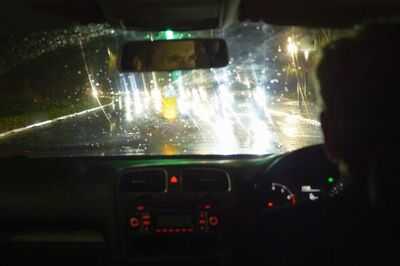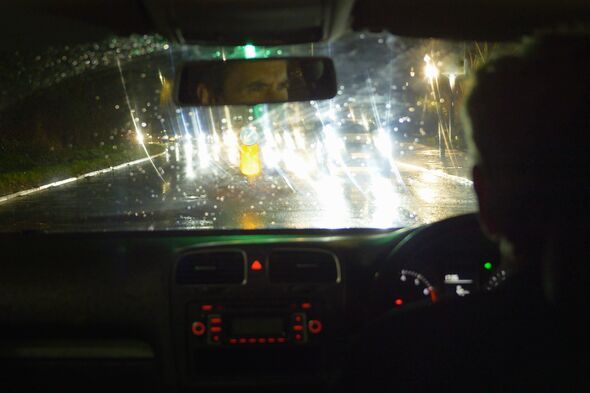

Brighter headlights are more likely to cause glare for drivers of oncoming vehicles, according to a Government-commissioned study. The research, conducted by consultancy TRL, indicates that vehicle lighting is a "genuine issue".
The study involved more than 50 hours of night-time road testing with a camera-equipped car detecting headlight luminance - the amount of light emitted - and other sensors. Observers in the car were more likely to report experiencing glare from the headlights of oncoming vehicles when higher luminance was recorded.
Increased glare was also found to occur when the observers' car was travelling uphill or around a right-hand bend, as a driver's eyes are more likely to fall within the so-called throw of headlamps in these situations. Researchers also noted "some tentative indication" that larger vehicle shapes such as SUVs may be more likely to be associated with glare.
The study incorporated an RAC survey of 1,850 UK drivers, which suggested that 33% are driving less at night or have stopped entirely because the headlights of other vehicles are too bright. An additional 22% of respondents said the issue means they would like to reduce their night driving but have no choice but to continue.
Dr Shaun Helman, the lead researcher at TRL, said: "This research provides compelling evidence that glare from vehicle lighting is a genuine issue for UK drivers, and can be measured in real driving conditions. By combining scientific measurement with driver perspectives, we now have a clearer understanding of the conditions under which glare occurs and the factors that contribute to it. These objective findings are a first step to take glare from anecdotal complaints into the realm of scientific evaluation."

RAC's senior policy officer, Rod Dennis, said: "Having campaigned hard for this study, we welcome its findings, which independently confirm what drivers have been telling us - that rather than being an imagined phenomenon, some bright headlights do cause a glare problem.
"While drivers clearly benefit from high-performing headlights, it's important this doesn't lead to others suffering the effects of dazzle, so a balance needs to be struck. It's vital the report and its considerations are now reviewed carefully to put us on a path towards changes that ultimately benefit all road users."
A spokesperson for the Department for Transport said: "We know headlight glare is frustrating for many drivers, especially as the evenings get darker. That's why we commissioned this independent research to better understand the causes and impact of glare, and to help inform future negotiations on international vehicle standards.
"Alongside this, DVSA (Driver and Vehicle Standards Agency) is stepping up surveillance to intercept the sale of illegal retrofit headlamp bulbs for on-road use and anyone caught could face a fine of up to £2,500."
Road safety charity IAM RoadSmart has stated that the research confirms that headlight glare is an issue that needs serious attention.
Nicholas Lyes, Director of policy and standards, said: "While focus will be on amending international regulations of new vehicles, that doesn't solve the issue with those cars on the roads today. The MOT test does provide for inspections of lights, including intensity, but whether this is providing adequate safeguards for other motorists is debatable."
-
Salman Khan Faces Legal Issues Over Pan Masala Advertisement

-
Union Minister Lalan Singh Denies Wrongdoing Amid Controversial Video Claims

-
BRIDGE Summit 2025 to spotlight 7 tracks shaping the future of media, content, entertainment

-
He waited and shot the girl as soon as she came near him... The video of the crazy boy in Faridabad is frightening

-
Vets say dogs should avoid 4 'toxic' items during walks in November
